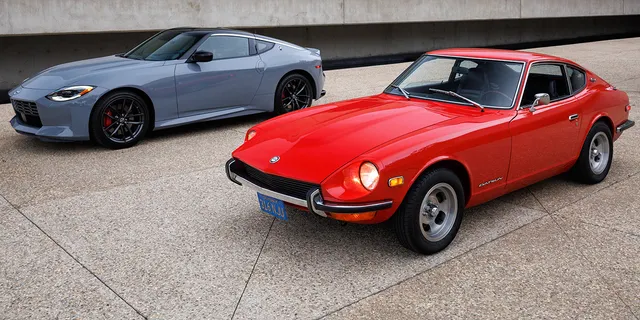
Sports cars are high-performance automobiles designed for speed. They have become iconic around the world due to their long history of innovation.
Sports car history can be divided into four distinct eras. Each period witnessed groundbreaking advances in design and technology that were part of the automobile industry at that time.
The Brass Era
Older car collectors prize brass cars for their eye-catching engineering. Many of these vehicles date back to 1915 or earlier and feature brass radiator shells, lamps and other components.
Brass was a more durable metal than chrome, resistant to tarnish and weathering better than silver or gold. Furthermore, it was often the only material available, ensuring each car’s unique character.
One of Bonhams’ key Brass Era lots is a 1909 Rolls-Royce Silver Ghost, estimated to sell for between $1,300,000 and $1.5 million at their upcoming Amelia Island sale.
Other notable items from the Brass Era include a 1913 Peugeot wood-bodied model and 1900 Locomobile, equipped with Northway four-cylinder engine producing 30 HP.
The Silver Era
The Silver Era of sports cars was marked by rapid advances in technology and performance. Companies such as Porsche and Rolls-Royce introduced models that would shape the future direction of luxury automobiles.
The most notable technological advance of the era was aerodynamics, which improved fuel economy and performance. Furthermore, leaded gasoline enabled greater power output.
In addition to technological advances, one of the most fascinating aspects of this era was the introduction of color. While blue and red had long been staples in automotive designs, bright yellow and violet introduced a whole new palette for automobiles.
Although some of the name-brand vehicles from that era still exist today, smaller manufacturers will likely lead the next big innovation wave. This is because smaller firms can now invest in cutting-edge technologies and apply them to their products without worrying about costly investment losses.
The Bronze Era
The Bronze Era of sports cars doesn’t quite meet the definition of a traditional “sports car.” During this era, any automobile designed with speed, agility and racing in mind was labeled a “sports car.” Additionally, this was when many iconic sporty models such as AC Cobra and Porsche 911 first debuted.
These vehicles were powered by massive V8 engines and boasted lightweight bodywork to match. Their tuned suspension and aerodynamics made them the best-performing cars available at that time, setting a precedent for modern supercars to follow suit with their innovative engine setups and light design.
In the late 1950s and early 1960s, strict regulations made manufacturing sports cars in America increasingly expensive and unviable. Companies like Austin-Healey, Bristol, Daimler, Morgan and Sunbeam were ultimately forced to exit the North American market due to these strict guidelines.
The Modern Era
In the modern era, sports car manufacturers have produced some truly remarkable machines thanks to advances in technology like turbochargers, fuel injection, and electronic engine management systems.
In the 90s, Ferrari, Lamborghini and Bugatti produced some of the most exotic and powerful cars ever created. These hypercars are built for speed and performance with top speeds of up to 200 mph and the capacity to accelerate from 0-60 mph in just five seconds.
These supercars are designed for driving pleasure rather than aesthetics, featuring bold forms and large amounts of framework cut away to make the car aerodynamically efficient. As a result, they often turn heads when people pause to admire them in person.
In the 1980s and 1990s, automotive technology made great advances. Unfortunately, rising fuel costs and stricter emissions regulations hit the automotive industry hard, leading to a decrease in sports car sales as some automakers focused on producing family saloons instead.
